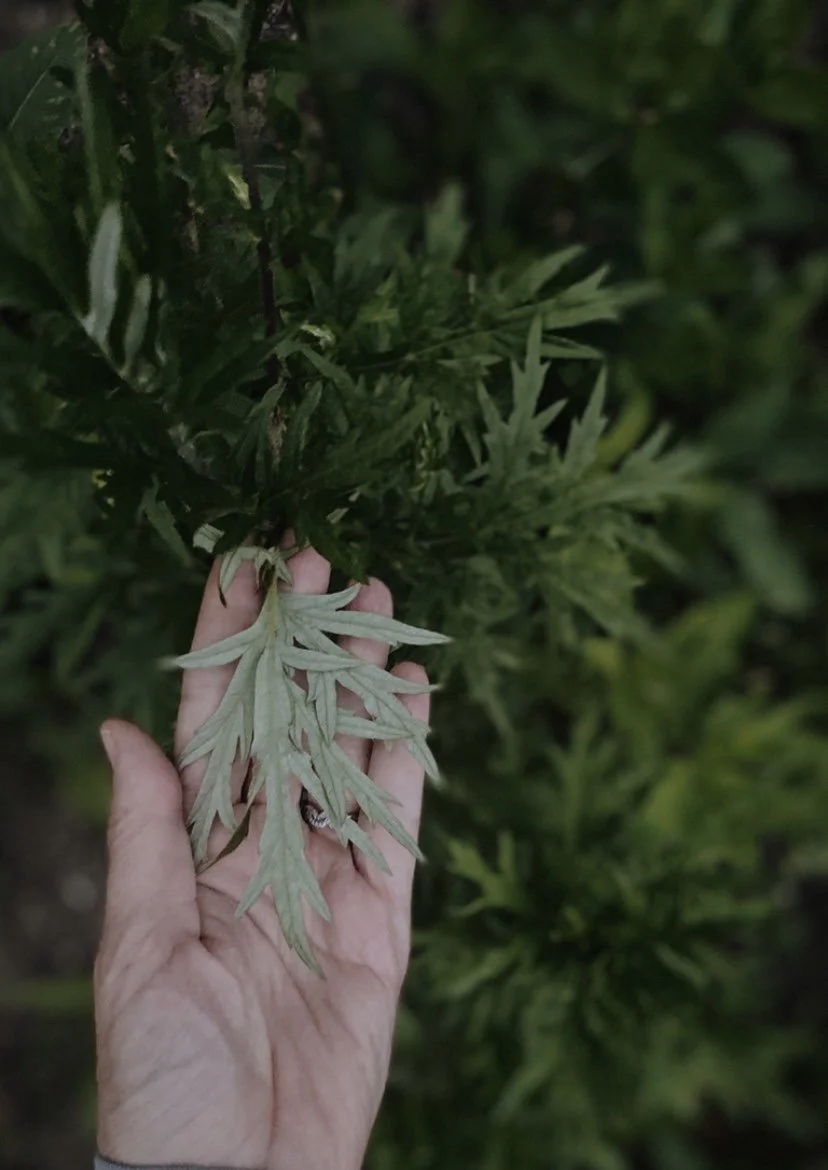Unleashing the Power of Mugwort: A Comprehensive Guide to its Medicinal Uses and Benefits
Mugwort, a versatile herb with a rich history, offers numerous benefits for the body and mind. In this report, we delve into its various usages and highlight its medicinal properties. Let's take a closer look:
Usages:
1. Alterative: Mugwort aids in the detoxification of the blood, lymphatics, liver, spleen, and skin, cleansing the body of cellular debris, metabolic waste products, and dead viral, bacterial, and immune components. Due to its bitterness, Mugwort has a strong affinity specifically here for the liver and its detoxification pathways.
2. Antiseptic: This covers a range of actions that include anti-fungal and antibacterial properties that are exhibited from its volatile oils. This action can be applied both topically and internally, again, most notably in the GI.
3. Diuretic: Mugwort has diuretic properties, promoting increased urine production and supporting the elimination of toxins and excess fluids from the body.
4. Antiseptic: With its volatile oils, Mugwort possesses antifungal and antibacterial properties, making it effective in combating infections. This quality can be harnessed both externally and internally, particularly in gastrointestinal applications.
5. Nervine Relaxant: Mugwort is described as useful for those “higher” nervous system states like anxiety, nervousness, and stress, helping to gently calm and relax the nerves. Bringing you down so to speak. And, yet at the same time, Mugwort has this uplifting effect on the nervous system that is particularly beneficial for treating the heaviness of depression.
Preparation:
1. Cold infusions, also known as cold brews or cold herbal teas, are prepared by steeping fresh or dried herbs in cold or room temperature water for an extended period. Here's a general method for preparing a cold infusion:
> Take a clean 8 ounce glass jar or container and add 1 tbsp of the flowering tops and/or leaves, dried or fresh.
> Pour cold or room temperature water over the herb, ensuring it is fully submerged.
> Stir gently to make sure the herb are evenly distributed and saturated with water.
> Cover the jar with a lid or a cloth to keep the volatile oils inside the herb.
> Place the jar in the refrigerator or a cool, dark place and allow the herbs to steep for several hours or overnight. The steeping time can vary depending on desired strength.
> Once the infusion has steeped to your desired strength, strain out the herbs using a fine-mesh strainer or cheesecloth, and transfer the liquid to a clean container.
The cold infusion is now ready. You can serve it chilled over ice or add sweeteners or other flavorings if desired.
2. You can also use this cold infusion as a facial toner or wash for minor cuts, scraps, wounds.
Enjoy!

